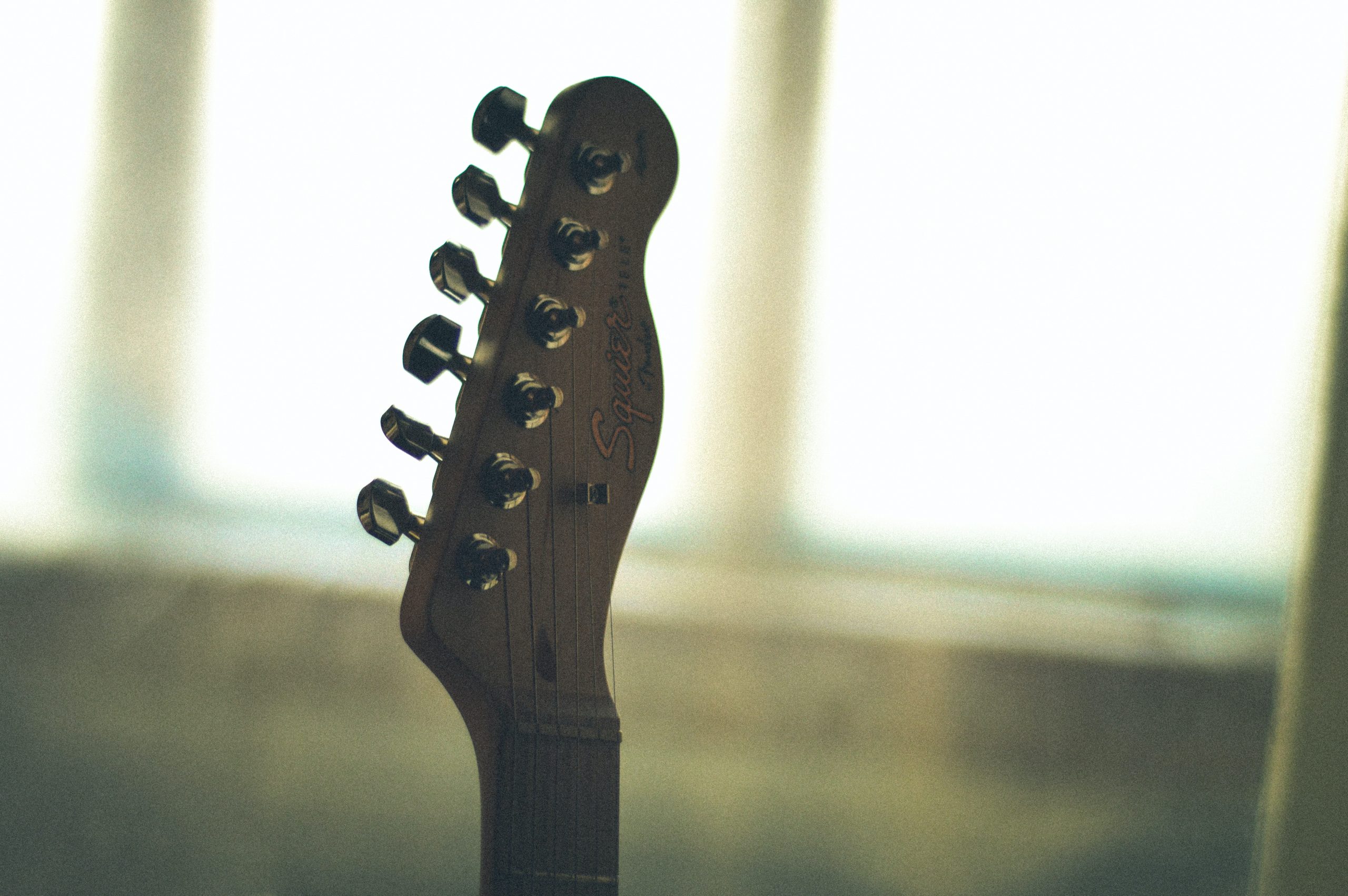If your goal is to explore new sounds and incorporate them into your playing, you need to create the logical steps to reach that point; sounds simple enough but this is where most of the confusion is generated.
Let’s take the Lydian scale (you could insert any scale here) and see how not to go about things:
So, I tell Student A (who’s been playing for a couple of years) to check out the Lydian scale for the next class and try to learn how to use it. Student A comes back the following week and starts firing off 3NPS Lydian patterns and does a little (aimless) improvisation. It sounds like Lydian (at least to me), but when I ask Student A how to use it, he has some good information but he’s somewhat at a loss as to how to really explain the connection between the pattern he’s playing and how to apply the scale in real life.
Breaking it Down
When ‘unboxing’ a scale, it’s a good idea to go over the component parts before you try to assemble the whole thing into something like a 3NPS or CAGED scale pattern. So, let’s start with a simple one octave pattern:

This is A Lydian. Use your low A string as a drone and really listen to the sound of the scale once you’ve gotten the fingering down; throw in some bends, slides, hammers and pull-offs if you know those techniques too. There’s one note in particular that gives this scale its unique sound, which one is it?

If you lower the interesting note by one fret, it’s no longer interesting, and you have the major scale:

Cracking the Interval Code
It’s good to know what intervals are in a scale. Think of this as a unique way to identify a scale because the only thing that makes one scale different from another is the distance between each of its notes, in other words, its intervals. Think of the major scale (above) as having the neutral/default intervals: 1, 2, 3, 4, 5, 6, and 7. It doesn’t matter what key you play it in, it will always have these intervals.If we look at the intervals for the Lydian scale, we’ll see a slight modification to the 4:
1, 2, 3, #4, 5, 6, and 7.
Let’s put this on the fretboard:

By now, you should have a better idea of the sound of the Lydian scale in your head, and you may even start to hear it in the music you like. The Lydian scale is also a major scale and can therefore be used over major chords.
Think of it like this:
A major chord has the intervals 1, 3, and 5, as does the Lydian scale; you’re coloring it with other tones such as the #4, 2, 6, and 7. It’s the interplay between these color tones and the chord tones that will give you the Lydian sound.
A major 7 chord has the intervals 1, 3, 5, and 7, as does the Lydian scale; again, you can color it with the other tones from the scale.
If you have a looper, try the scale over an A major or Amaj7 chord and see what it sounds like.
If you don’t have a looper, you should really treat yourself to one.
Recap
So, now we know a few useful things about the Lydian scale; an accessible pattern, its unique interval code, that it’s a major scale, that the #4 is the cool note that makes it different from the regular major scale, and most importantly, we know what it sounds like.
You can probably see that Student A’s mammoth 3NPS scale pattern and some scattered information about the Lydian scale being a mode or something wasn’t really the way to go in order to understand and apply the scale. He also glossed over the actual sound of the scale, preferring instead to go straight for the scale patterns and wail over a backing track.
Applying the Lydian Sound
Keep working on the sound of the scale and make sure to experiment with it. Inevitably, you’ll start to hear it in real music, which is what will help you make creative decisions as to when and when not to use it. Making a creative decision based on how well you know the sound is one way to incorporate it. Another way to go about it is to theoretically insert it, which is as simple as thinking, ‘major/major 7 chord coming up, I can play the Lydian scale over it’. This is all well and good, and you should experiment this way, but just because you can play the Lydian scale, it doesn’t mean you should. The theoretical approach doesn’t always account for taste, so you might not get the result you were looking for.
When Can I Learn the 3NPS Pattern?
By all means learn the bigger 3NPS or CAGED patterns when you can really hear the Lydian scale because this will help you bring out the Lydian sound from the bigger picture, as oppose to getting a half-assed Lydian sound from trying to juggle too many notes.
Remember, you can apply this process to any new scale, as well as scales you already know to get a fresh perspective on them.



